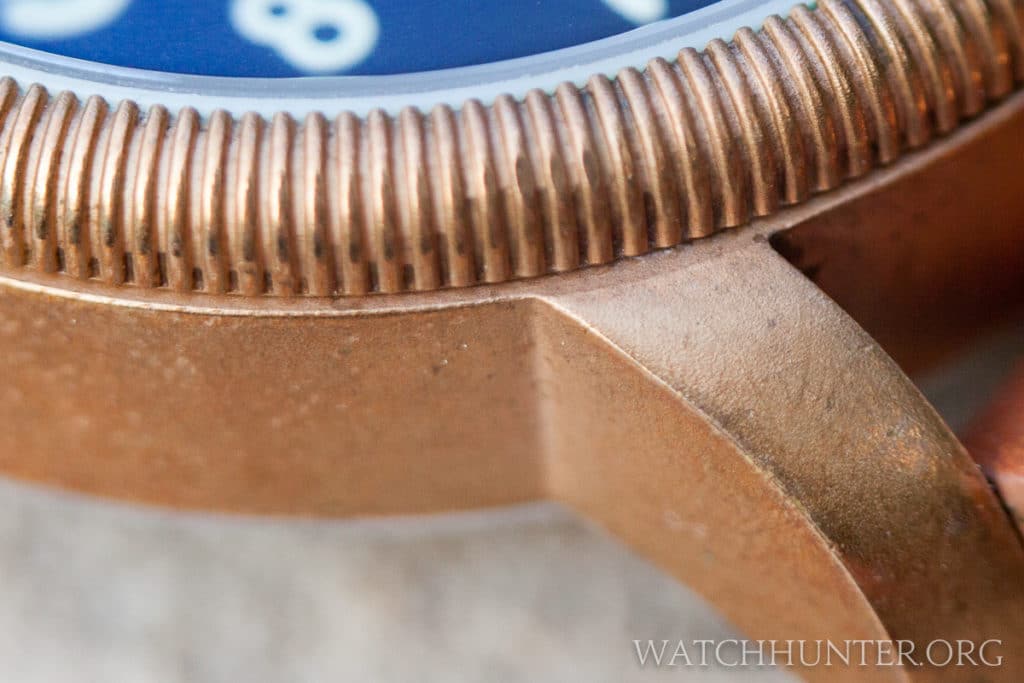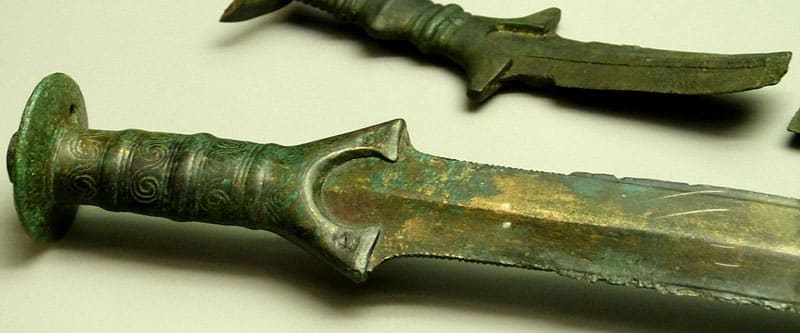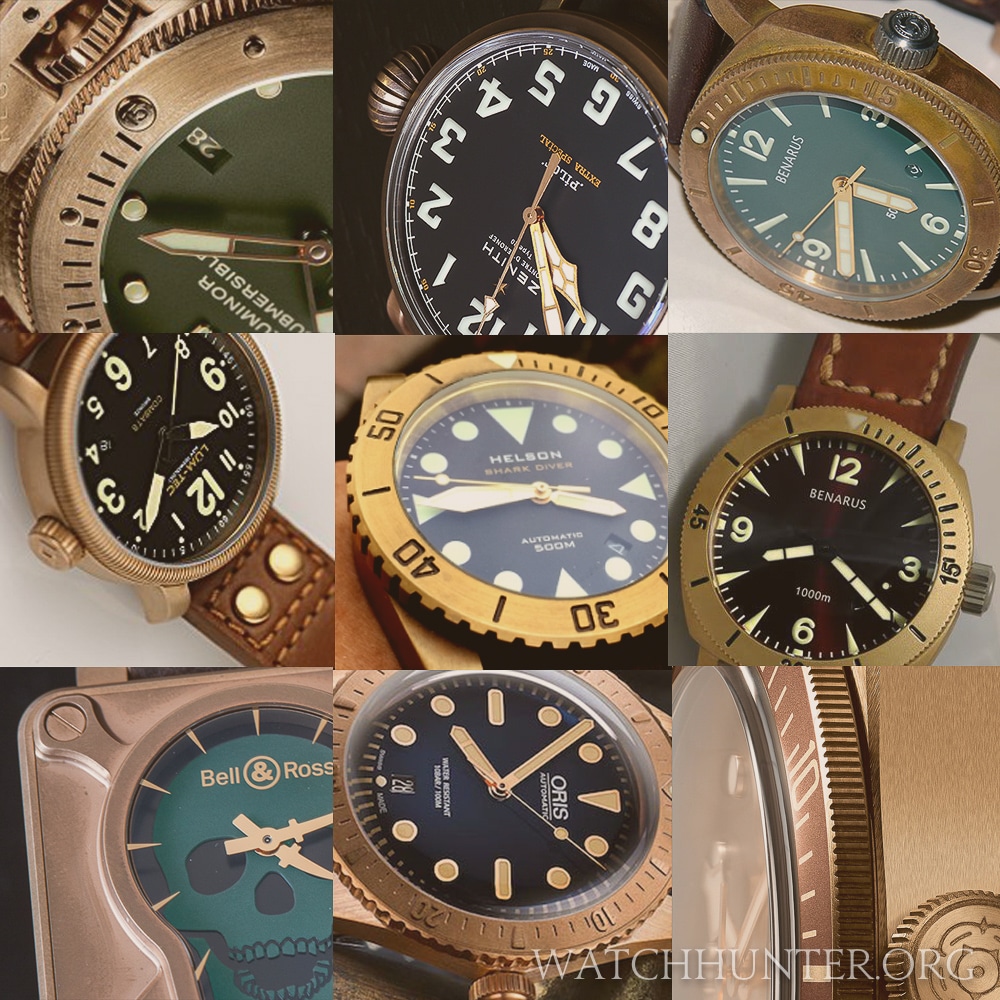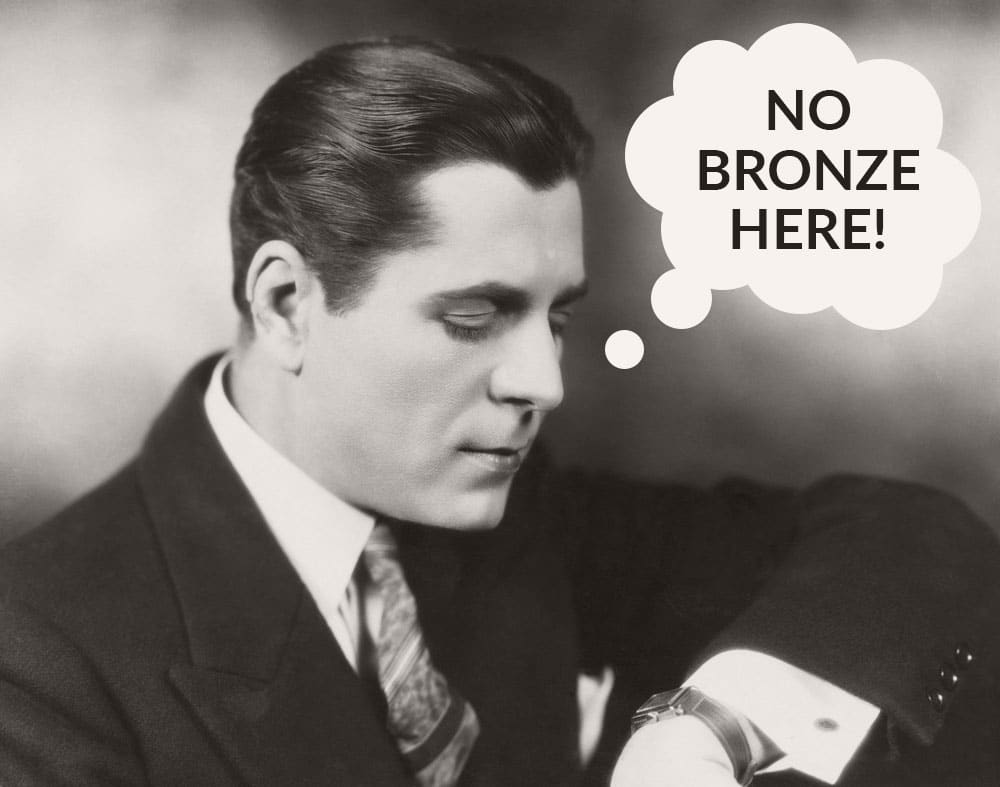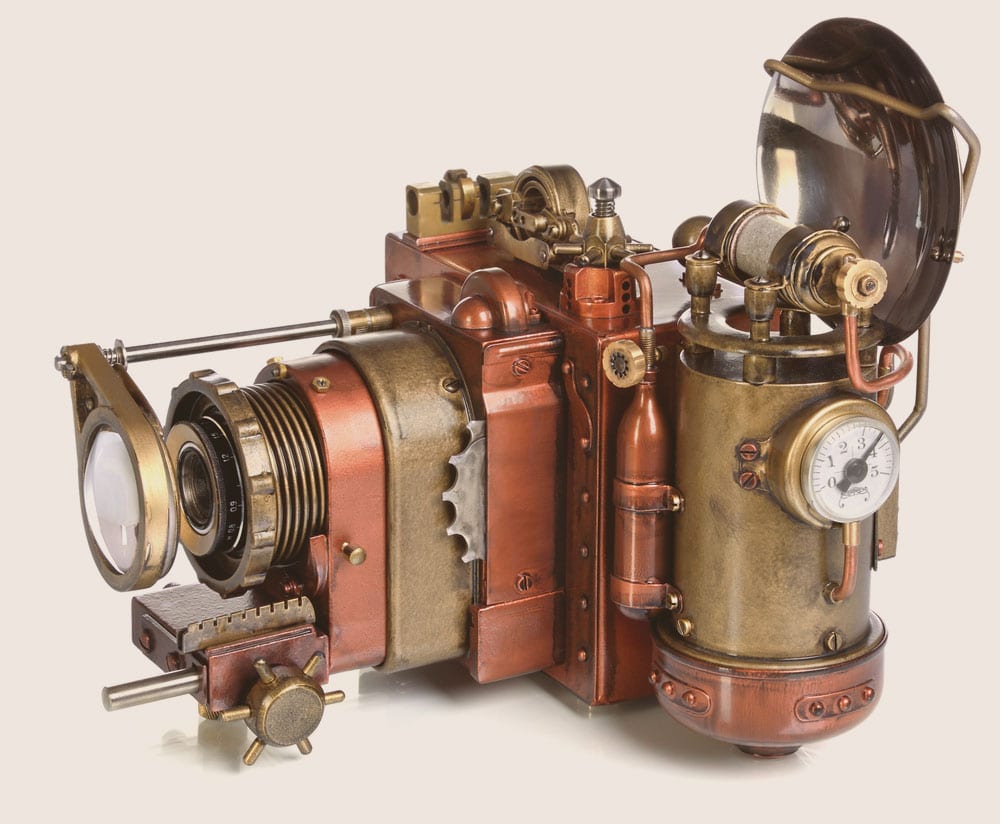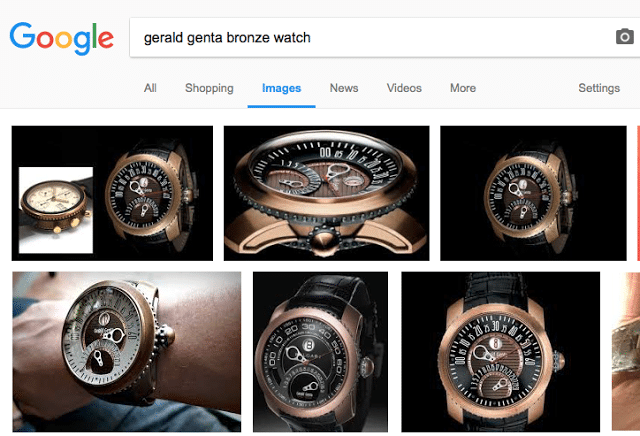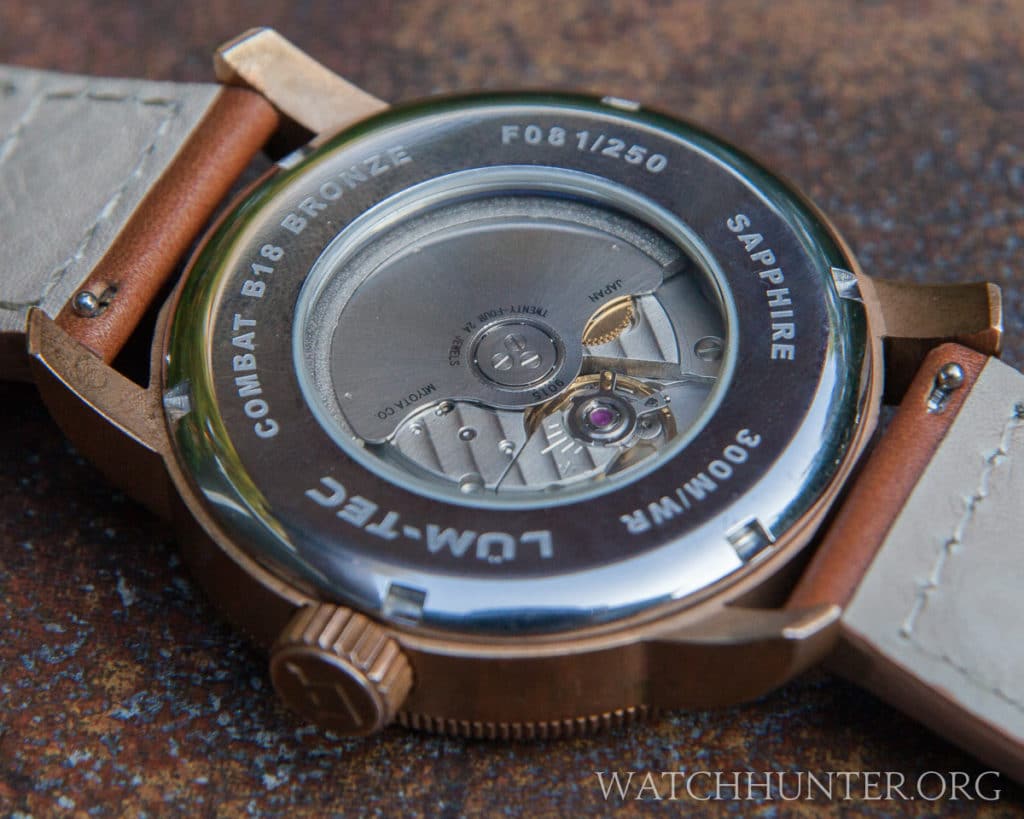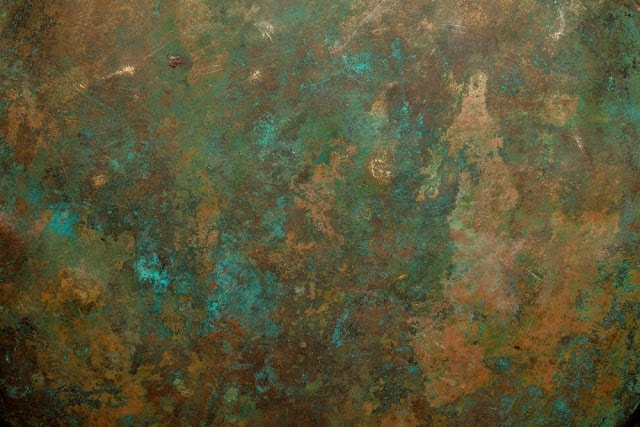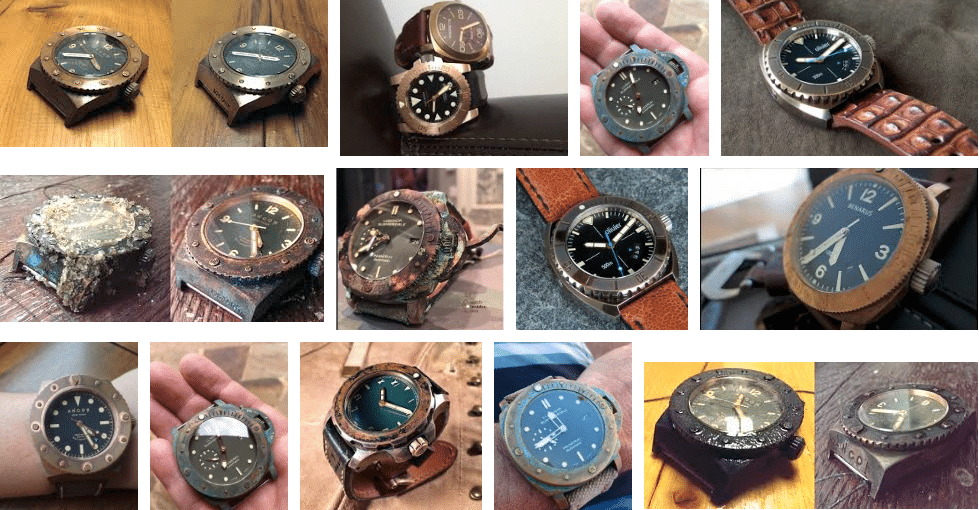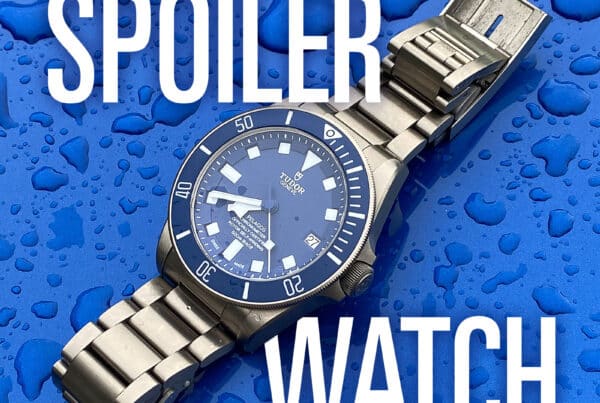Is the Bronze Watch Trend Really Just a Case of Collective Misplaced Nostalgia?
Watch companies who are dabbling in bronze watches often have their creations described as retro or seem to be claiming to “return to the past,” but I am not so sure that is really accurate.
Let’s play a thought game to find out. Think of the oldest watch you have ever seen. Next, slowly move through time imagining all the watches between that first one and the watches manufactured today. Ask yourself if you saw a lot of bronze watches during this mental exercise? No? I didn’t think so. Could this mean that using bronze to make watches is really a modern fashion trend? Maybe…
Admittedly, the lure of bronze is ancient. It was over 4,000 years ago when early man first used it to make tools, weapons, and jewelry. This wonderful alloy of copper, tin, and other metals may not be as durable, chemically stable or as hard as modern stainless steel. Yet somehow, it has made a “comeback” and is being used by a handful of manufacturers to make intriguing niche watches.
While some brands are pushing the boundaries of steel metallurgy and other high-tech materials like carbon, bronze watch makers are looking the other technological direction. Instead of pushing the state-of-the-art, they are choosing to make an artistic statement. Manufacturers are creating bronze watches that seem to be reminiscent of the distant past….but who’s past?
Do modern watch wearers really have a collective memory of bronze watches from some bygone era? Our fathers did not wear bronze watches, nor did their fathers. My point is, that the use of bronze is more for artistic vision instead of outright technological performance, and it does not have any widely-manufactured historical precedent that I can find unless one considers bronze ship clocks from the days of sea travel.
What I really think is happening is that watchmakers are using a bit of perceptual trickery. I’ll call this the “steampunk effect”, which gives a modern object the look of an ancient one… perhaps from an imagined history. Hollywood does this all the time with mash-ups of “old” and “new” creating an illusion of what we think an old object should look like. You have seen these hundreds of times in movies where the props look aged, ancient or worn, but might have been made just the week prior.
The result is a product that looks like it has survived over many years and bears a patina to prove it. There is perhaps no better way to give the illusion of age on a watch than to replace perfect finishes with imperfect bronze. Unlike the chemically inert nature of stainless steel, bronze changes over time gaining a patina that makes each watch uniquely different as its owner. Exposure to the environment or even to the salt and oil in our skin can tarnish the case… and that’s a good thing, right? For many watch collectors looking to stand out from the crowd, the answer is a resounding “yes.”
One-off bronze watches seen on watch forums or small-run batches for sale on Kickstarter seemed like the pioneers this material, but the earliest example that I could find was Geral Genta’s bronze Gefica Chronographe released in 1995… not exactly ancient times. I learned about it on www.revolution.watch, and that blog is worth checking out… and full disclosure… their bronze watch article pre-dates mine by almost 4 years so this bronze trend is not exactly new in 2017.
Bronze watches used to be the domain of off-beat entrepreneurs and micro-brands, but that has changed. However, with prestigious Swiss companies like Panerai, Bell & Ross, Tudor, Oris, and Zenith getting into the act, bronze has become more mainstream (but still not common), regardless of the perceived downsides.
The Bad and the Good of Bronze as a Watch Making Material
Regardless of minor negatives, bronze can elevate the charisma of a watch beyond its steel cousins. The character of bronze cannot be understated, and it is not completely predictable. Bronze is forever changing by oxidizing in an endless show of surface effects and subtle colors. What starts as a brassy gold, can morph into warm brown and even green.
However, you don’t have to accept what nature gives you or even wait. The patina on a CuSn8 bronze watch can be artificially created for a wide variety of colors. It’s counter intuitive, but the patina layer actually protects the metal underneath from further oxidizing. The muted warmth of bronze can be more appealing for those who find gold unaffordable or too flashy.
A quick Google search will reveal a world of trailblazing bronze alchemists with their own special patina formulas and techniques. Bronze is a forgiving material so if you get less than ideal results, you can easily polish your watch back to the shiny virgin bronze that it left the factory with. The possibilities are endless, and the risk of ruining the watch is low making this the perfect customizer’s watch.
Who might wear bronze watches?
The person who wears a bronze watch does not have to be a skinny-jean hipster with a waxed mustache and gigantic beard, but he probably is someone who values originality, adventure and a bit of unpredictability in his life. He is willing to be different and not wear the latest smart wrist gadget or something for brand name recognition alone. These intrepid people might very well be the target market for bronze watches. Bronze offers character without being pretentious. It is the “anti-tech” answer to predictably perfect steel watches.
From my own personal experience, I can honestly say that I have a special connection with my bronze watch. I do not think of it as a retro watch, but a thoroughly modern one that only appears old. My Lum-Tec Bronze Combat B18 is one of my favorites, and I doubt that I will ever sell it. Look for my review on this watch soon.


